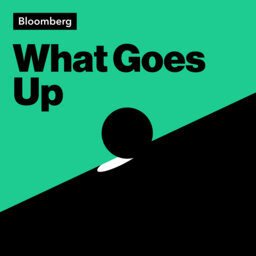(Mis)interpreting the Fed
Morgan Stanley’s Jim Caron joined the What Goes Up podcast to dissect this week’s US Federal Reserve meeting and analyze how markets may have misinterpreted the message being sent by Chair Jerome Powell.
“This is a guy who’s worried about inflation; this is somebody who’s not done tightening by any stretch of the imagination,” said Caron, the co-chief investment officer of Global Balanced Funds at Morgan Stanley Investment Management. But Powell’s comments triggered rallies in stocks and bonds amid speculation that the central bank was getting more dovish. “This is one of the risks that I think that we have coming up over the next few weeks,” Caron said. “That if the intended market reaction doesn’t match what the intended statement was supposed to convey, then, as is typical, there’s going to be some walking back of this.”
 What Goes Up
What Goes Up


